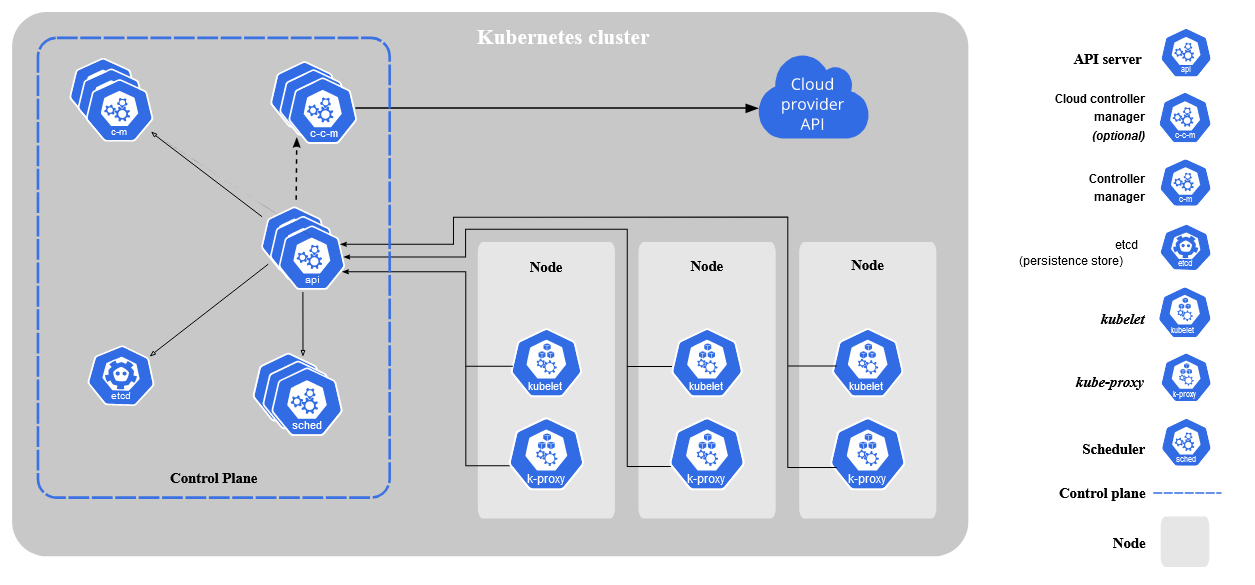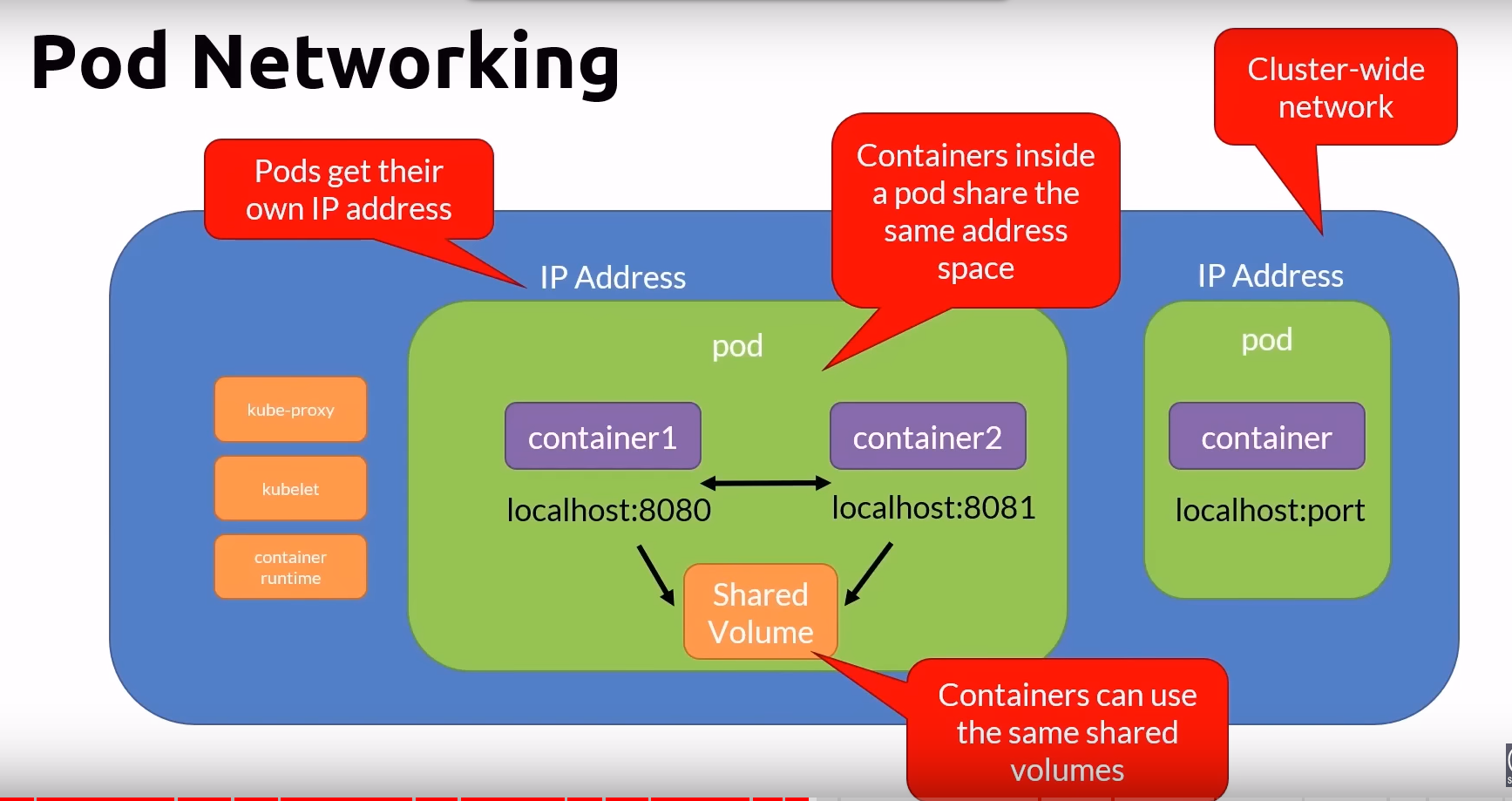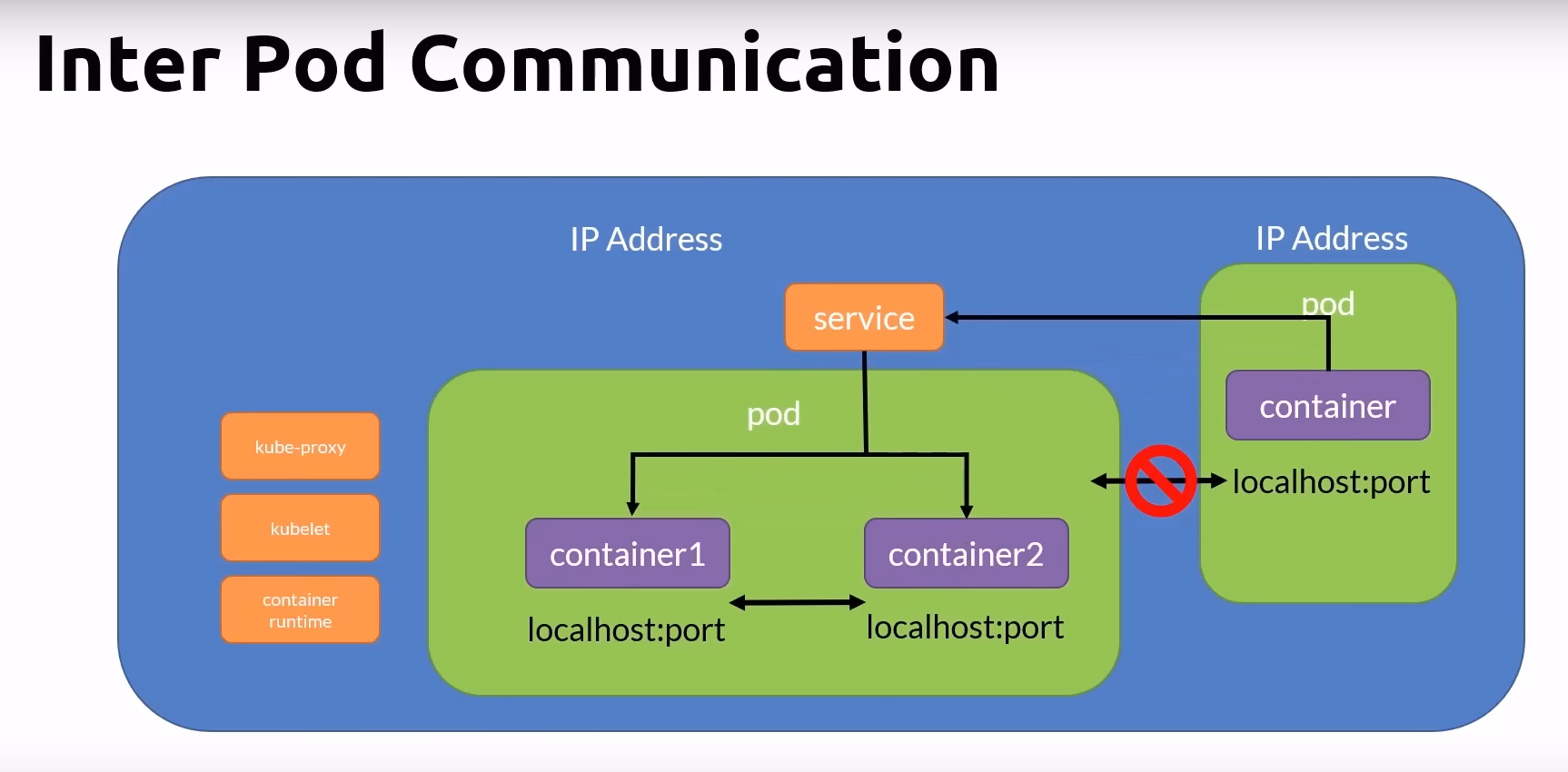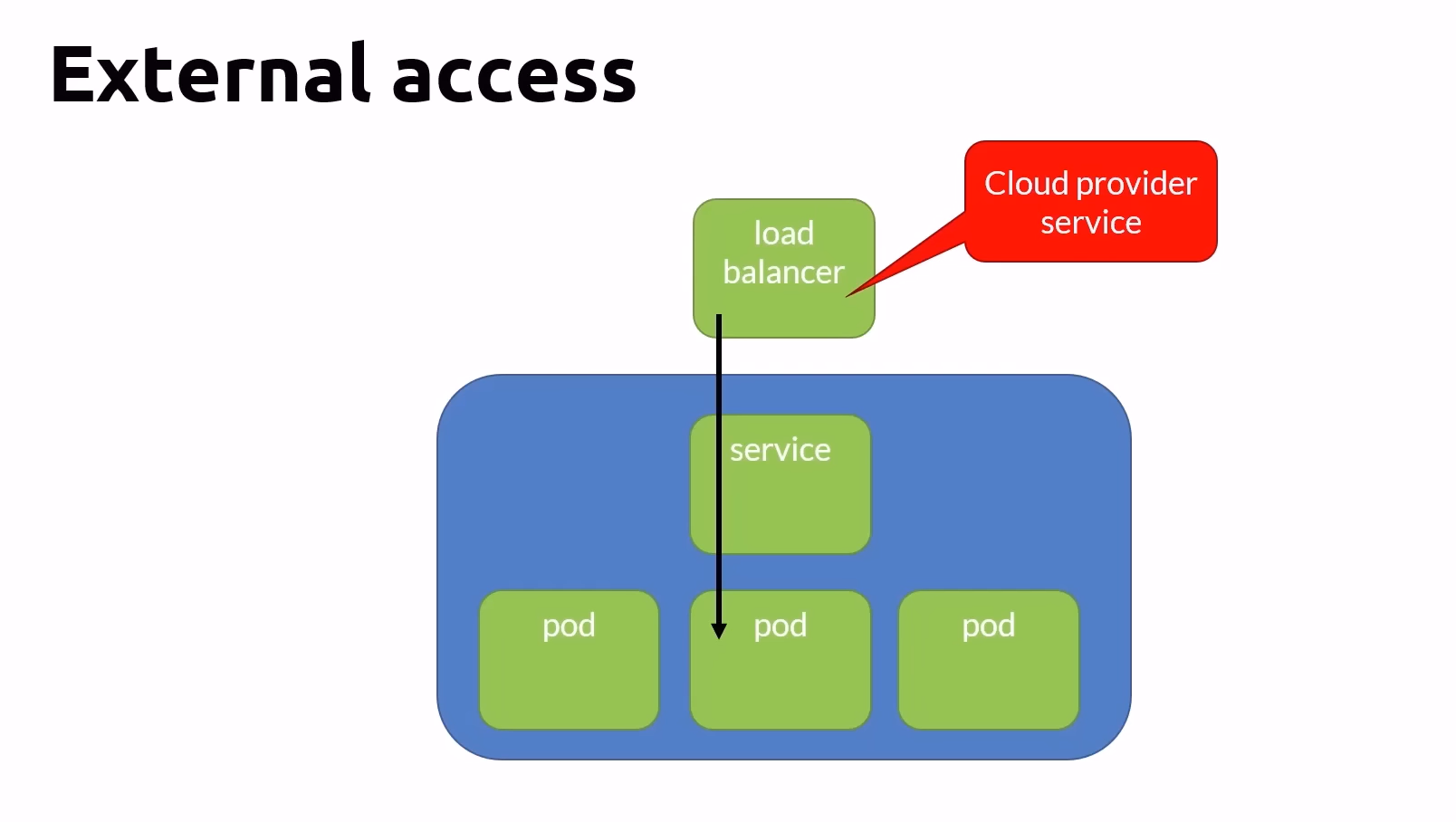Kubernetes - everything you need to know
- K8s is the leading container orchestration tool (See Orchestrator in Docker)
- Designed as a loosely coupled collection of components centered around deploying, maintaining and scaling workloads
- Vendor-neutral, runs on all cloud providers
What K8s CAN do
- Service discovery and load balancing
- Storage orchestration, local or cloud based
- Automated rollouts and rollbacks
- Self-healing
- Secret and configuration management
- Use the same API across on-premise and every cloud providers
What K8s CAN’T do
- Does not deploy source code
- Does not build your application
- Does not provide application-level services, message buses, databases, caches, etc.
Architecture

- Nodes - A node is a physical or virtual machine
- Cluster - A group of nodes forms a cluster
Master Node / Control Plane
K8s services and controllers are located here. You don’t run containers in master node.
-
etcd - Key value data store that stores state of the cluster
- Not a database or a datastore for applications to use
- Single source of truth
-
kube-apiserver - The only component that communicates with etcd
- REST interface
- Save state to the etcd datastore
- All clients interact with it, never directly to the datastore
-
kube-control-manager - controller of controllers, it runs controllers
- Node controller
- Replication controller
- Endpoints controller
- Service account and Token controllers
-
cloud-control-manager - interact with the cloud providers controllers
-
kube-scheduler - watches newly created pods that have no node assigned, and selects a node for them to run on
- Factors taken into account scheduling decisions include
- Individual and collective resouce requirements
- Hardware/software/policy constraints
- Affinity and anti-affinity specifications
- Data locality
- Factors taken into account scheduling decisions include
-
Addons - DNS, Web UI (dashboard), Cluster-level logging, Container resource monitoring
Worker Nodes
Nodes running the containers are called worker nodes. When a worker node is added to the cluster, some of the K8s services are added automatically, which are -
- container runtime - K8s supports several container runtimes, must implement K8s Container Runtime Interface
- kubelet - Manage the pods lifecycle, ensures that the containers described in the Pod specs are runninng and healthy
- kube-proxy - a network proxy, manager network rules on nodes
Nodes Pool
- A node pool is a group of virtual machines, all with the same size
- A cluster can have multiple node pools
- these pools can host different sizes of VMs
- Each pool can be autoscaled independently from the other pools
- Docker desktop is limited to 1 node
K8s Context
- A context is a group of access parameters to a K8s cluster
- Contains a Kubernetes cluster, a user, and a namespace
- The current context is the cluster that is currently the defaut for kubectl
- All kubectl commands run against that current context cluster
K8s Namespace
- Allow to group resources. Ex: dev, test, prod
- K8s creates a default namespace
- Objects in one namespace can access objects in a different one, Ex: objectname.prod.svc.cluster.local
- Deleting a namespace will delete all its child objects
- Define a namespace, and specify that namespace when defining objects (pod, network policy, resource quota etc.)
Pods
- Atomic unit of the smallest unit of work of K8s
- Encapsulates an application’s container
- Represents a unit of deployment
- Pods can run one or more containers
- Containers within a pod share - IP address space, mounted volumes
- Containers within a pod can communicate via - localhost, IPC
- Pods are ephemeral
- Deploying a pod is an atomic operation, it succeeds or fails
- If a pod fails, it is replaced with a new one with a shiny new IP address
- You don’t update a pod, you replace it with an updated version
- You scale by adding more pods, not more containers in a pod
- A node can run many pods, a pod can have multiple containers
- State of pod can be one of these - Pending, Running, Succeeded, Failed, Unknown, CrashLoopBackOff
Init Containers
- Initialize a pod before an application container runs
- This is great pattern for applications that have dependencies on some database or API that needs to be up and running before the application
- This keeps the infrastructure code out of the main logic
- These always run to completion
- There can be multiple init containers
- Each init container must complete successfully before the next one starts
- If it fails, the kubelet repeatedly restarts it until it succeeds
- Unless it’s restart policy is set to never
Labels
- key-value pairs used to identify, describe and group related sets of objects or resources
apiVersion: v1
kind: Pod
metadata:
name: myapp-pod
labels:
app: myapp
type: front-end
spec:
containers:
- name: nginx-container
image: nginxSelectors
- Selectors use labels to filter or select objects
- For example, for the given pod definition, the pod will run on a node which has disk type: superfast (
select * from nodes where disktype = superfast)
apiVersion: v1
kind: Pod
metadata:
name: myapp-pod
labels:
app: myapp
type: front-end
spec:
containers:
- name: nginx-container
nodeSelector:
disktype: superfastMulti-container pods
- In a pod, multiple containers can run at once, usually there is a main container and an helper container
- There are some typical patterns in this scenario
- Sidecar pattern, Adapter pattern, Ambassador pattern
Networking Concepts
- All containers within a pod can communicate with each other
- All pods can communicate with each other
- All nodes can communicate with all pods and nodes
- Pods are given an ephemeral IP address
- Services are given a persistent IP address


